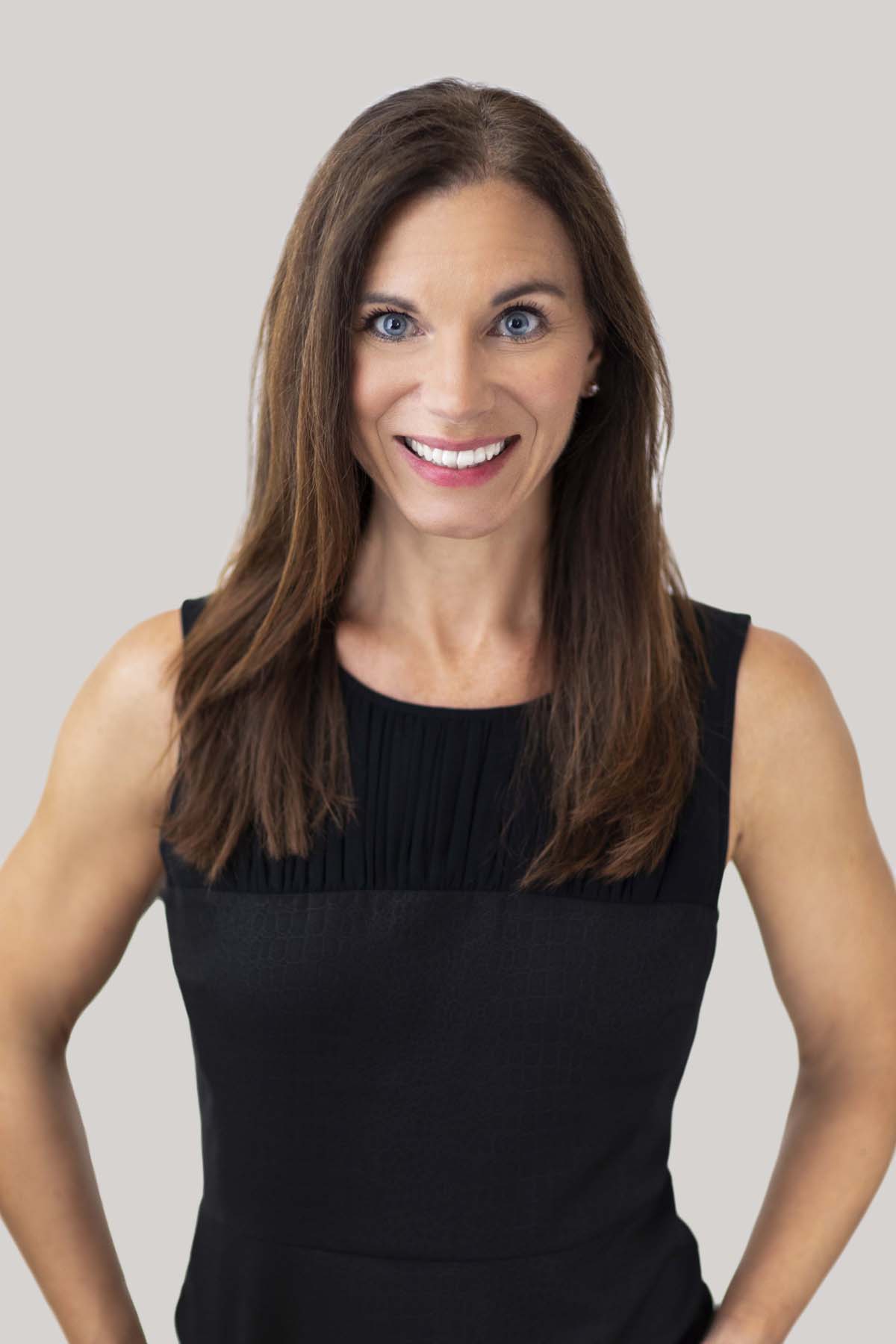
When I think of October, I think fall, football, pumpkins, and the color pink—pink ribbons, pink NFL apparel, and pink yogurt lids all drawing attention to breast cancer awareness month.
Statistics indicate one in eight women will develop breast cancer in her lifetime. Chances are you know someone who has been diagnosed with breast cancer. I can think of at least five women I know personally who have had breast cancer. All but one survived her battle with this disease. Each of them found their cancer either through a self-exam or a screening mammography.
Each year around this time, a debate erupts regarding the effectiveness of screening mammography, as well as when to begin screening. In 2009, the U.S. Preventive Services Task Force (USPSTF) recommended that women aged 50 to 74 have a mammogram every other year and said for younger women, screening should be an individual decision by each woman with her doctor. The USPSTF made its recommendations after reviewing several large studies and concluded this age range would benefit most from mammograms. Another consideration for the group was the opportunity to detect the most cases of breast cancer early, while still limiting potential downsides of testing, like false positives and screening costs.
This recommendation contradicted those from organizations such as the American Cancer Society and The American College of Obstetricians and Gynecologists, that promote breast cancer screening via mammography beginning at age 40. It also raised a firestorm of controversy and confusion among health care providers and women who now questioned whether or not to be screened.
Unfortunately, there’s still a lot of confusion around screening mammography. A new study conducted by researchers at Harvard University indicated that mammography screenings performed in women before age 50 could dramatically decrease deaths from breast cancer. One of the lead researchers in the study, Dr. Blake Cady, cited that the mortality rate from breast cancer has fallen from 50 percent in the 1960s to 9.2 percent today, giving credit to early detection with mammography.
With all of the conflicting viewpoints, it’s no wonder women aren't sure what to do. And with all the debate around mammography, the value of self-breast exams and clinical breast exams gets left out. Regardless of what the “right” age is for screening, women should know how their breast tissue normally looks and feels, and report any changes to their healthcare providers. If you aren't sure if you should have a mammogram, have a discussion with your doctor. Talk to your provider about your individual health risks - age, family history, genetics, obesity, lack of exercise, or poor diet, as well as the risks associated with screening - and then make an informed decision.




